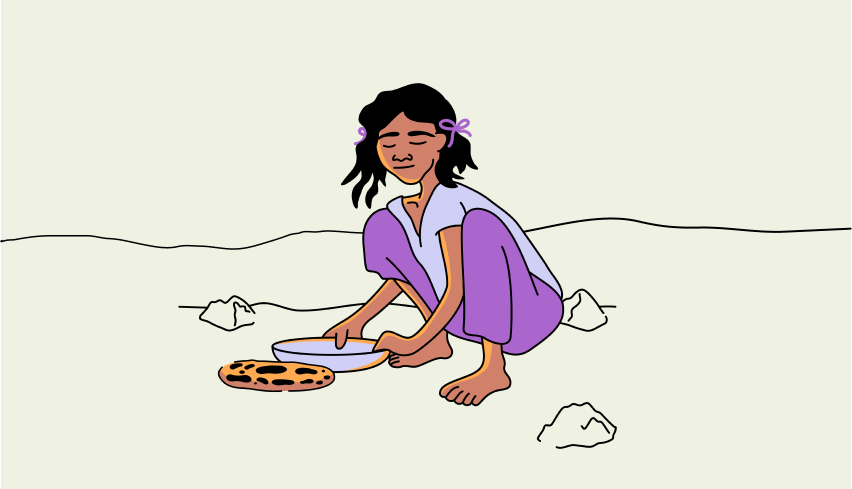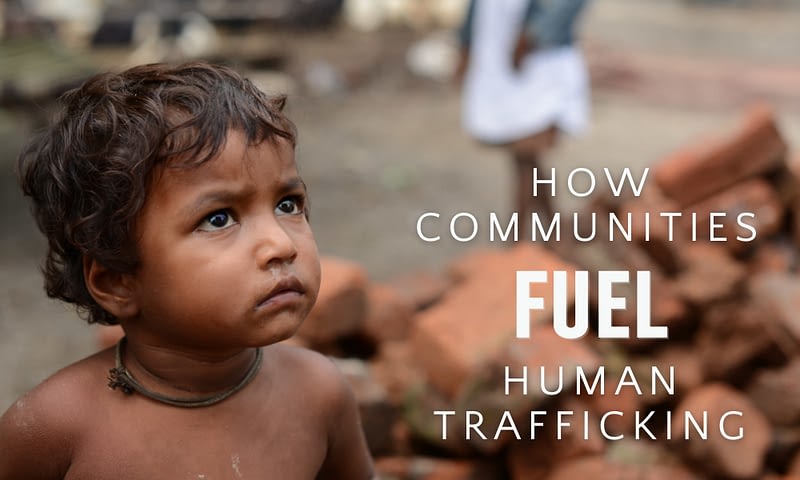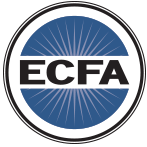Written By: Christie A.
I sat down with Dr. Daley a few weeks ago. I had the privilege of visiting with her and her team at Predict-Align-Prevent about Adverse Childhood Experiences (ACEs) and the way ACEs impacts human trafficking, child abuse and communities. If you haven’t listened yet, it’s here. After the interview, quite a few of you reached out asking about ACEs.
According to the CDC, Adverse Childhood Experiences are potentially traumatic events that happen to people ages 0-17. They’ve grouped these “ACEs” into 10 main traumas:
- Emotional Abuse
- Physical Abuse
- Sexual Abuse
- Mother treated violently
- Substance abuse
- Mental illness
- Parents divorced or separated
- Incarcerated family members
- Emotional neglect
- Physical neglect.
Through Dr. Daley’s work at Predict-Align-Prevent, she’s spearheading efforts to gather publicly available data and do geospatial risk mapping. She is researching how these risk factors map and congregate inside of communities, which means that in communities where a majority of children are experiencing 3 or more ACEs, the risk for violence, danger and further ACEs greatly increase. This knowledge is equipping her team to predict areas of child abuse, domestic violence and human trafficking.
So that’s a very technical explanation of ACEs, but ACEs provide a framework to inform conversation and community development. So often, we combat arguments around people making poor life choices. While there will always be a component of individual choices, the understanding of ACEs (Both what they are and how they compound together to impact individuals and communities) let us foster and understand the collective responsibility that we have and the role that trauma plays in the life of an at-risk child or a trafficked woman. This approach places responsibility on the community, and it gives hope that a healthy community is a critical factor in combating adverse childhood experiences.
Working in this anti-trafficking space we have to combat a lot of “she chooses it.” These are arguments from people in favor of letting trafficking go unchecked. Looking at the greater application of ACEs and geospatial risk-mapping we have a compelling framework to say, “she didn’t just choose it, she was born into a community that fostered it.” Conversely, it gives us hope as we rally around these communities and these women.
There’s a role we all play in building healthy communities. As we each find our place, we are able to bring hope and help to children inside our community. Hope springs to life as communities are developed and as risk factors for children are mitigated.
You have an opportunity to step in and start changing the world. So the only question that remains is this: How are you helping build a healthy community?






